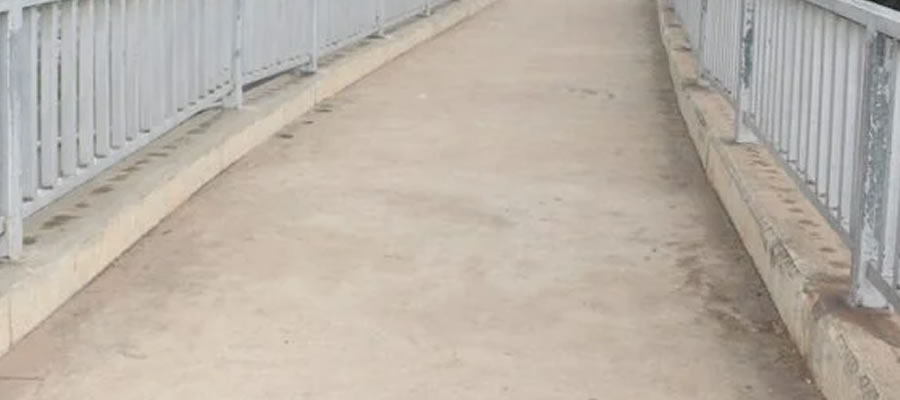

Elmina is a 700-year-old town located on the coast of the Central Region of Ghana in West Africa. It is the capital of four distinct traditional areas or states, which have been put together to constitute a political district called Komenda-Edina-Eguafo-Abrem (KEEA) District.A District Chief Executive appointed by the President of Ghana heads this political district. Each traditional area has its own paramount traditional chief. Elmina is simultaneously the headquarters of the KEEA and the capital of the Edina (or Elmina) traditional area of this political district. The Edina State comprises the town itself with 26 other villages and hamlets covering an area of approximately 660 square kilometres. The traditional paramount chief is called the Omanhene.
Elmina attracts about 100,000 tourists annually (of which over 50,000 are foreign tourists). Many of them visit the world-heritage protected St. George’s Castle and the Fort Coenraadsburg on St. Jago Hill, the main cultural heritage attractions in the area. These historical buildings have played significant roles in the interaction of Elmina and Ghana with European countries, especially the Portuguese, Dutch, and English, since the 15th Century. Other historic tourist attractions in the town include the old Dutch Cemetery, St. Joseph’s Catholic Church building, St. Anne’s Convent, the Methodist Chapel, Asafo Posts, and numerous historical merchant houses.
By virtue of its size, population, infrastructure (although comparatively small), history relatively higher job opportunities, (tourism, fishing and salt industries) and because it houses the offices of the KEEA District Assembly, Elmina is not only the capital of KEEA, but also the hub of development of the district.The development potential lies in tourism, and the town’s fishing and salt industries.The potential of the tourism industry craves for an integrated development of the town’s tourist attractions and supporting services and attitudes.The potential of the fishing industry has lent itself to call for a new fishing harbour, cold stores and fish processing industries. The salt industry seems to have a potential for the future establishment of a chemical plant, which is based on Sodium Chloride. These areas are projected to offer job opportunities in the district.
You are most welcome to the Komenda/Edina/Eguafo/Abirem.
Background History
Found in the Central Region of Ghana, the people of the Komenda-Edina-Eguafo-Abrem Municipal Assembly (KEEA) have been in existence for over seven hundred (700) years. It is made of four distinct traditional areas or states, which have been put together to constitute a political district called Komenda-Edina-Eguafo-Abrem District. Carved out of the Cape Coast Municipal Council, the KEEA District is one of the forty-six (46) new districts created in 1988 as part of the decentralisation programme in Ghana.
The District has a chequered history and a rich cultural heritage. The drama of European colonization and its attendant concomitants were initiated from the Central Region and particularly the KEEA District. The District has a fantastic assemblage of culture. Elmina, the district capital, prides itself as the first point of call by the Europeans on their exploration tour of Africa. It had the first contact with the Portuguese in 1471. The oldest Castle in Africa, south of the Sahara, the Elmina Castle, (built by the Portuguese in 1482), is located in the district. During their presence in the KEEA District, the Europeans had a significant influence on the culture and socio-economic development of the district (particularly, the Dutch in Elmina).
The Castle, which has been declared as one of the 314 World Heritage Monuments by the United Nations Education and Scientific Organisation (UNESCO) attracts circa 100,000 tourists annually (of which over 50,000 are foreign tourists).The mutual trade relations between the district and its people, (particularly the people of Elmina) and the Dutch span over 300 years. The district still has the traces of those relationships in terms of architecture, monuments (Dutch Cemetery in Elmina) and European offspring as well as names.Originally, the European commercial interest in the Gold Coast was the gold deposits, alongside products like pepper and ivory.
By the end of the 17th century, a new type of trade was established on the Gold Coast, the trade in slaves for the plantations in the New World. Elmina became an important distribution point for the slaves, which were brought from the hinterland, to be shipped to the Americas.The Castle was turned into a temporary prison for many thousands of slaves. The slave trade, which lasted until the early 19th century, marks a dark spot in the history of many European countries in Ghana. In a sense, the forts and castles lining the Ghanaian coast, including St. George d’Elmina stand as monuments for the slave trade in all its cruelty.Many people, among whom a large number of African Americans, visit the castle of St. George d’Elmina in remembrance of the slave-trading era and its consequences.
Date Created : 11/21/2017 2:27:49 AM








 facebook
facebook
 twitter
twitter
 Youtube
Youtube
 +233 593 831 280
+233 593 831 280 0800 430 430
0800 430 430 GPS: GE-231-4383
GPS: GE-231-4383 info@ghanadistricts.com
info@ghanadistricts.com Box GP1044, Accra, Ghana
Box GP1044, Accra, Ghana